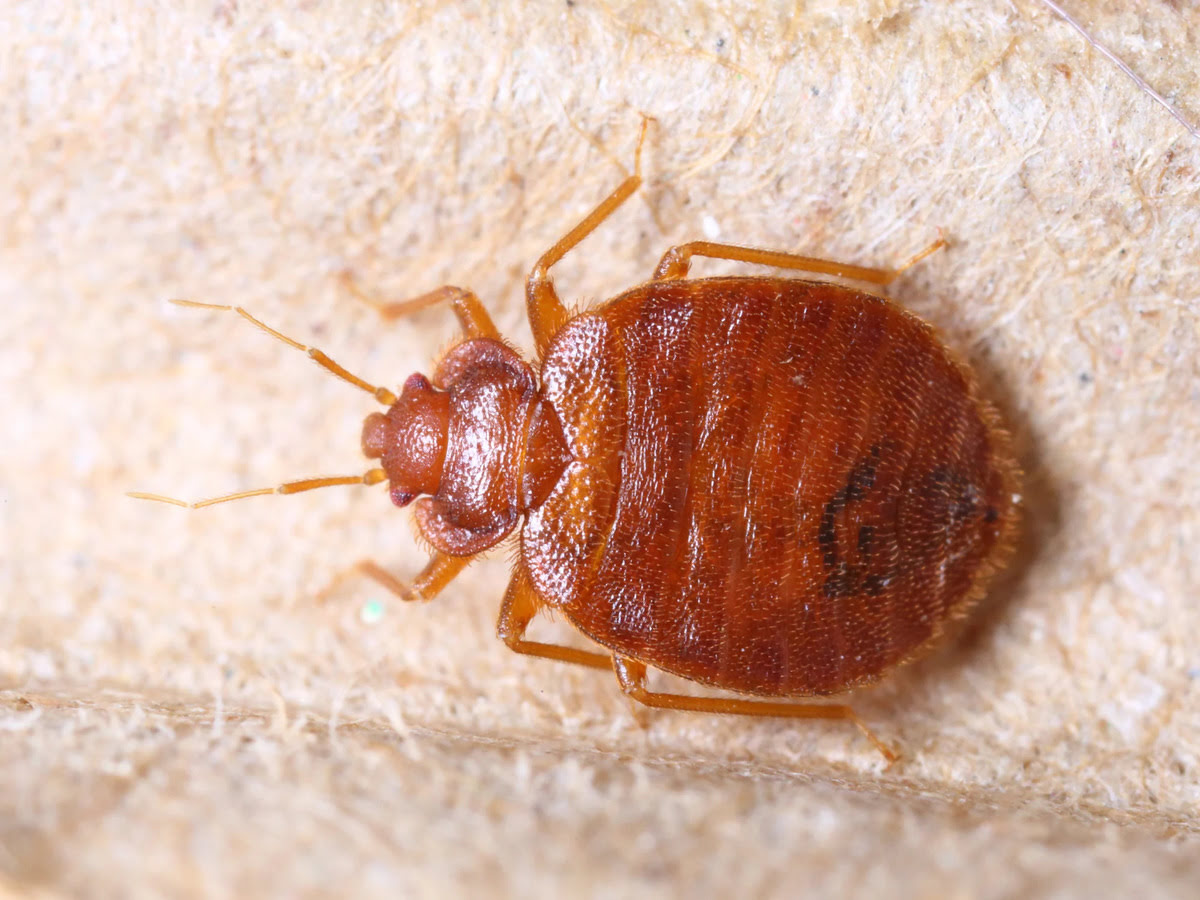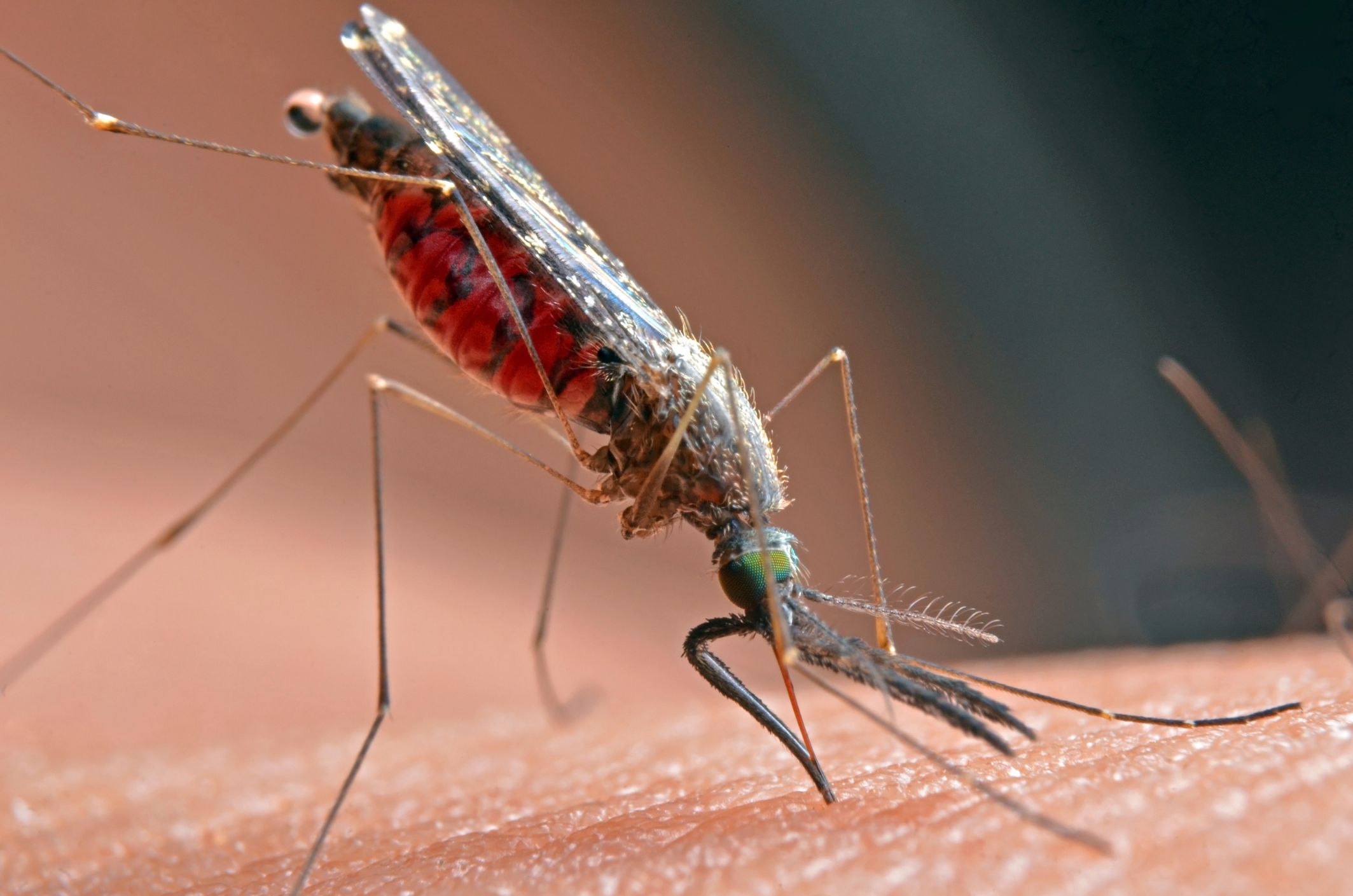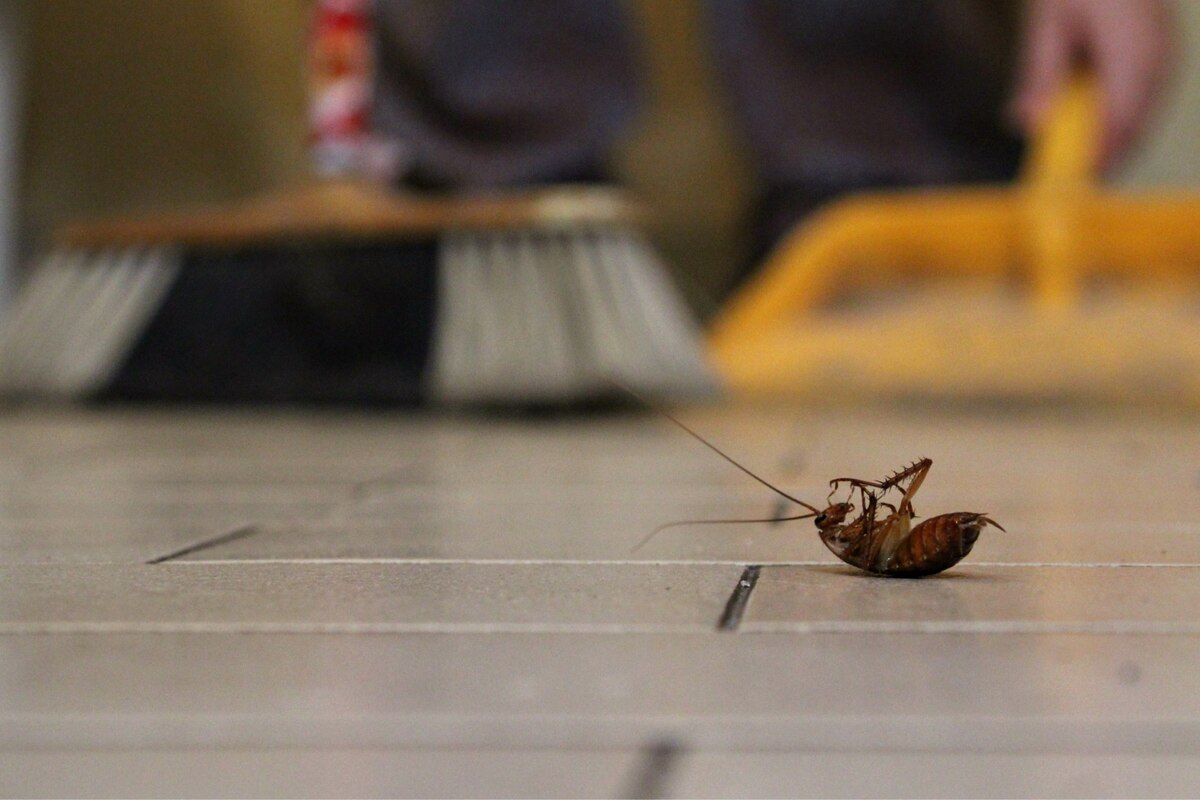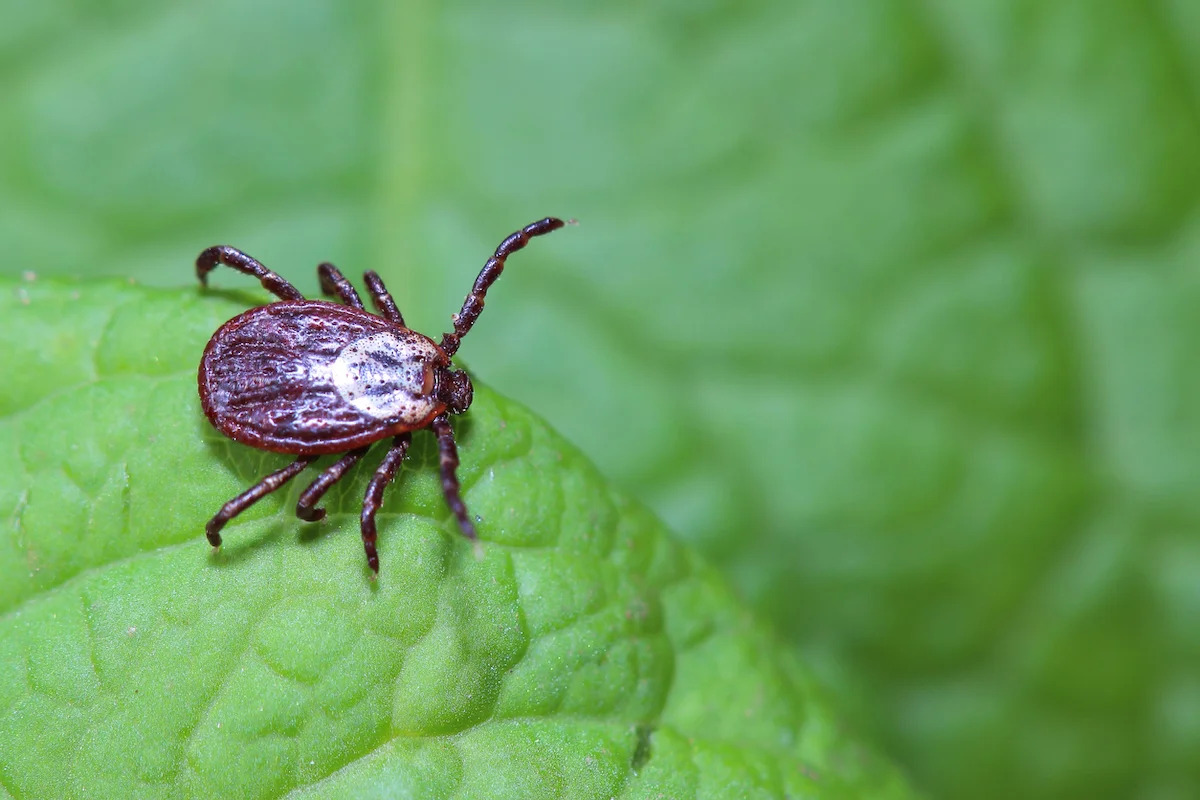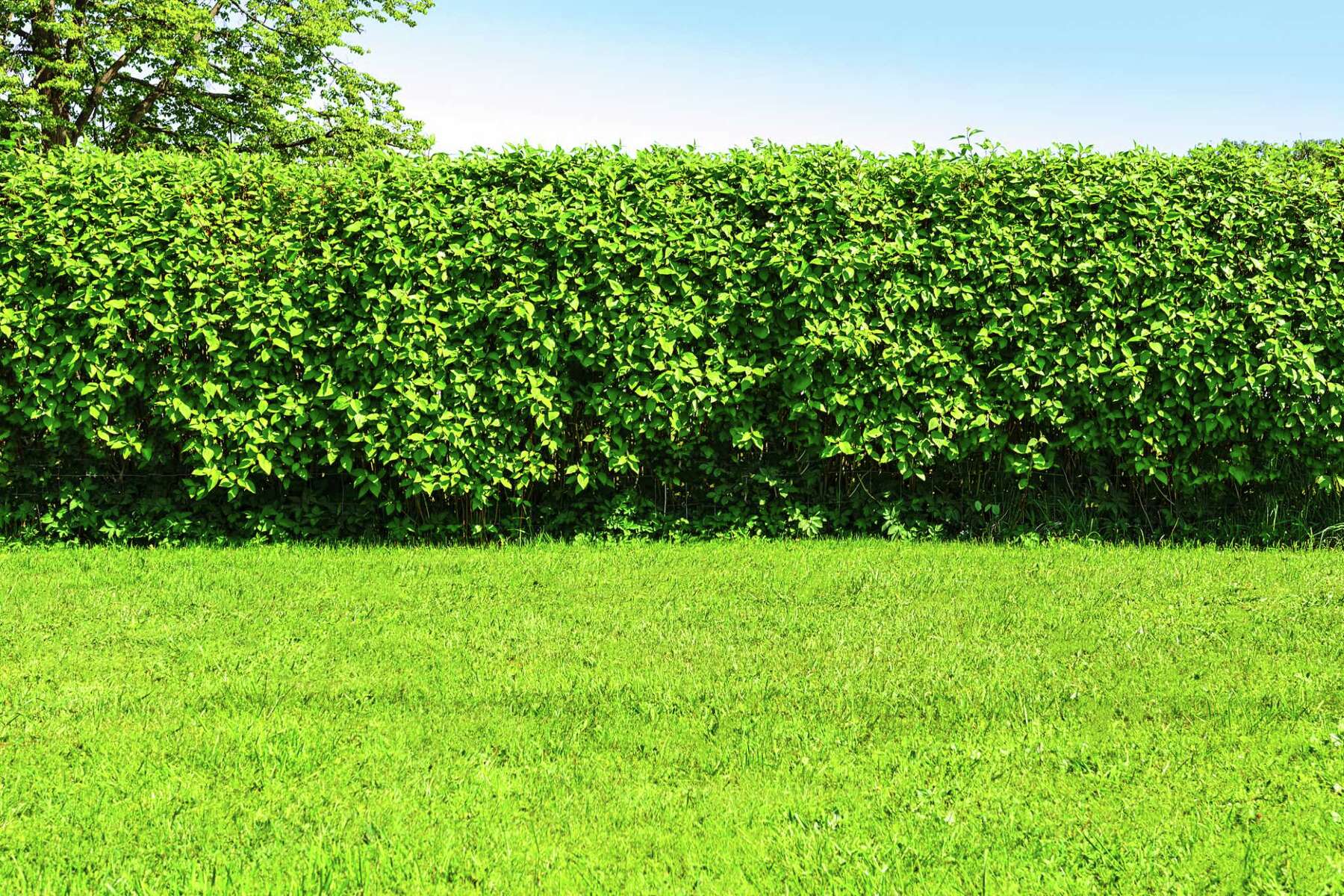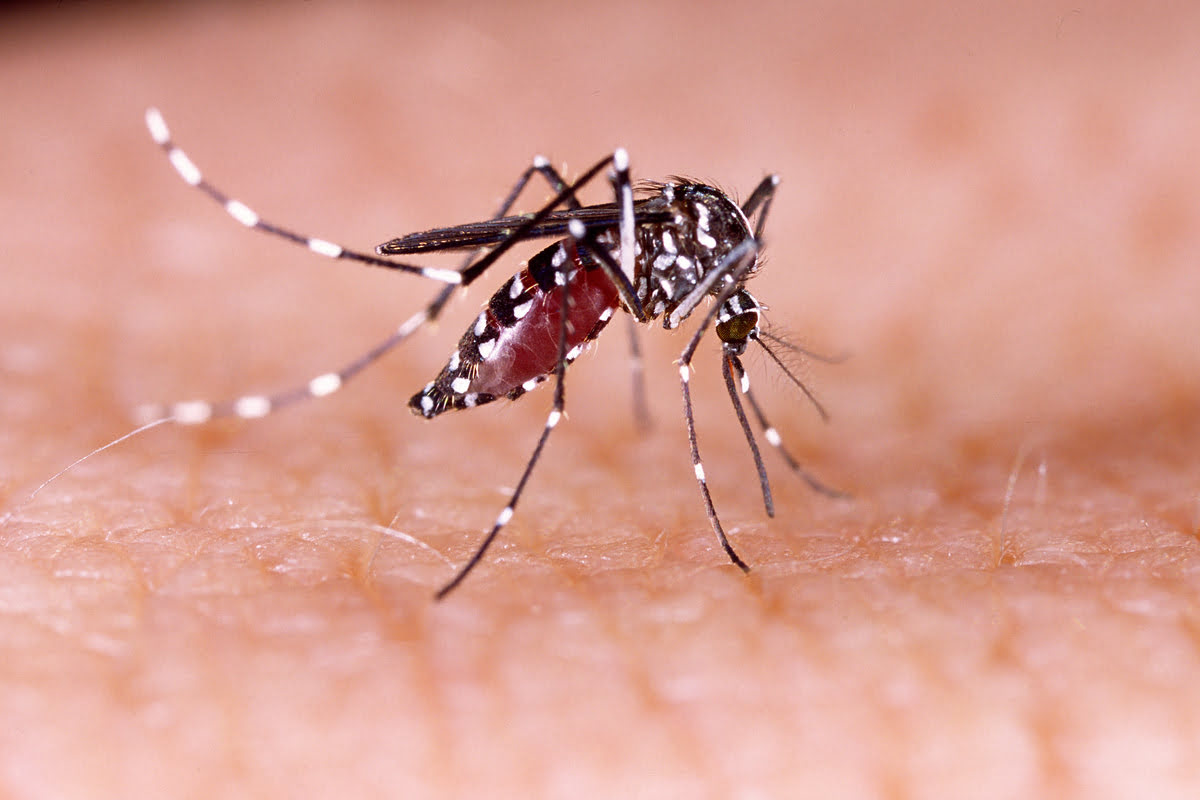Home>Gardening Tips and Tricks>Problem Solving>How To Kill Scale Insects On Plants
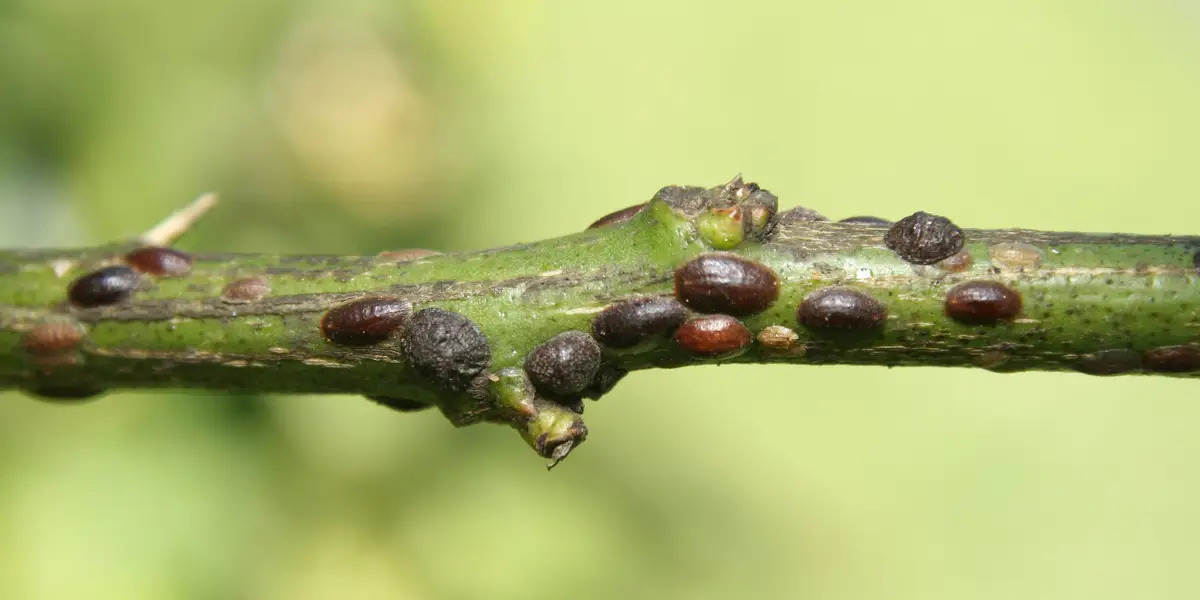

Problem Solving
How To Kill Scale Insects On Plants
Modified: January 22, 2024
Learn effective methods for dealing with scale insects on your plants. Discover problem-solving tips and techniques to eliminate these pests and keep your plants healthy.
(Many of the links in this article redirect to a specific reviewed product. Your purchase of these products through affiliate links helps to generate commission for Chicagolandgardening.com, at no extra cost. Learn more)
Table of Contents
Introduction
As a plant owner or gardener, dealing with pests is an inevitable part of the gardening journey. One such pest that can wreak havoc on your plants is scale insects. These tiny pests may appear harmless at first, but they can quickly multiply and cause significant damage to your beloved plants if left untreated. If you’ve noticed sticky substances on your plants, distorted leaves, or black sooty mold, chances are you have a scale insect infestation.
Scale insects are small, immobile insects that attach themselves to the stems and leaves of plants. They feed on the sap and nutrients from the plants, causing weakening, stunted growth, and even death if the infestation becomes severe. Identifying and addressing scale insect infestations is essential to ensure the health and vitality of your plants.
In this article, we will explore various methods and solutions for effectively killing scale insects on plants. We will discuss both natural remedies and chemical solutions to give you a comprehensive understanding of how to combat these pests. Additionally, we will provide tips on preventing scale insects from infesting your plants in the first place.
Whether you are a seasoned gardener or a plant enthusiast just starting out, this article will equip you with the knowledge and tools to tackle scale insects head-on and keep your plants thriving.
Understanding Scale Insects
Before diving into the methods of killing scale insects, it is crucial to understand their life cycle and behavior. Scale insects belong to the order Hemiptera and are commonly found in gardens, greenhouses, and indoor plants. They are named after their scale-like exoskeleton, which acts as a protective covering.
There are two main types of scale insects: armored scales and soft scales. Armored scales have a hard, waxy covering that protects their bodies, making them difficult to control. Soft scales, on the other hand, have a softer protective covering that can be easily punctured.
Both types of scale insects feed on plant sap by piercing the plants’ tissues with their piercing-sucking mouthparts. This feeding activity weakens the plant, causing stunted growth, yellowing leaves, and eventual plant decline.
Scale insects reproduce through a process called parthenogenesis, where females reproduce without the need for males. They lay eggs under their protective covering or in crevices on plants. Once hatched, the young scale insects, called crawlers, emerge and begin moving to find a suitable feeding site. After settling down, they molt and lose their legs, becoming immobile for the remainder of their lives.
Scale insects are notorious for their ability to withstand adverse conditions. They can survive drought, high temperatures, and even pesticide applications, making them a challenging pest to eradicate completely.
It’s important to note that identifying and distinguishing scale insects from other pests is critical for effective treatment. They are often mistaken for fungal or bacterial diseases due to the sticky honeydew they produce, which can lead to the growth of black sooty mold.
By understanding the life cycle and behavior of scale insects, you can better implement strategies to control and eliminate them from your plants. In the next section, we will discuss how to identify scale insect infestations.
Identifying Scale Insect Infestations
Recognizing the presence of scale insects is crucial in order to take prompt action against them. Here are some key indicators that can help you identify a scale insect infestation:
- Visible scale insects: Look closely at the stems, leaves, and undersides of your plants. Scale insects can appear as tiny bumps or shells, ranging in color from brown or tan to white or black. Armored scales may have a harder, more pronounced shell-like covering compared to soft scales.
- Sticky honeydew: Scale insects feed on plant sap and excrete a sticky, sugary substance called honeydew. If you notice a sticky residue on your plants or beneath them, it may be a sign of a scale insect infestation. This honeydew can attract ants and lead to the growth of black sooty mold on the plant’s surface.
- Yellowing or distorted leaves: Scale insects sap the nutrients from plants, leading to their yellowing, wilting, or distortion. If you observe leaves that appear deformed or have a mottled appearance, it could be due to scale insects feeding on the plant’s tissues.
- Presence of crawlers: In some cases, you may spot tiny, mobile scale insects known as crawlers. Crawlers are the juvenile stage of scale insects and can be seen before they settle and develop their protective covering. Keep an eye out for these crawlers crawling on the plant surfaces.
Once you’ve identified a scale insect infestation, it’s essential to address the problem promptly to prevent further damage to your plants. In the next sections, we will discuss both natural and chemical solutions for killing scale insects and controlling their population.
Natural Remedies for Killing Scale Insects
If you prefer eco-friendly and chemical-free approaches to pest control, there are several natural remedies you can try to eliminate scale insects from your plants. Here are some effective methods:
- Physical removal: For small-scale infestations, manually removing the scale insects can be an effective first step. Use a soft brush, toothbrush, or cotton swab dipped in rubbing alcohol to gently scrub the insects off the plant surfaces. Make sure to target both the adult scales and any crawlers that may be present.
- Neem oil: Neem oil is a natural insecticide derived from the seeds of the neem tree. It acts as a suffocant, smothering the scale insects and disrupting their reproductive cycle. Mix neem oil with water according to the package instructions and spray it on the affected plants. Repeat the application every couple of weeks until the infestation is under control.
- Insecticidal soap: Insecticidal soap is a safe and effective option for controlling scale insects. It works by dehydrating the pests and breaking down their protective coating. Dilute insecticidal soap with water and spray it on the affected plants, making sure to thoroughly coat the scales. Repeat the application as needed.
- Ladybugs and beneficial insects: Ladybugs and other beneficial insects can be valuable allies in controlling scale insects naturally. These insects feed on scale insects and can help keep their population in check. Attract ladybugs to your garden by planting pollen and nectar-rich flowers or purchasing them from a local supplier.
- Pruning infested branches: If the infestation is limited to certain branches or areas, pruning them off can help remove the majority of the scale insects. Make sure to dispose of the pruned branches properly to prevent spreading the infestation to other plants.
It’s important to note that natural remedies may require repeated applications and may not completely eliminate a severe scale insect infestation. If the infestation persists or gets worse, you may need to consider using chemical solutions for more effective control.
Now that you are familiar with natural remedies, let’s explore chemical solutions for killing scale insects in the next section.
Chemical Solutions for Scale Insect Control
If natural remedies have proven ineffective in controlling scale insects or if the infestation is severe, chemical solutions can provide more immediate and targeted control. Here are some commonly used chemical options for scale insect control:
- Insecticidal sprays: Insecticidal sprays formulated specifically for scale insects can be highly effective. Look for sprays containing active ingredients like pyrethroids, imidacloprid, or acephate. Follow the instructions on the product label carefully, and ensure that the spray is safe for use on the specific plants you are treating. Apply the insecticide directly on the scale insects or the affected plant surfaces.
- Systemic insecticides: Systemic insecticides are absorbed by the plant and transported throughout its tissues, making them an excellent choice for controlling scale insects that are difficult to reach with sprays. These insecticides can be applied to the roots or as a soil drench, and they get taken up by the plant’s vascular system. As scale insects feed on the plant sap, they ingest the insecticide and are effectively controlled. Always read and follow the manufacturer’s instructions when using systemic insecticides.
- Horticultural oils: Horticultural oils, such as dormant oil or superior oil, can be applied during specific stages of the scale insect life cycle to smother and suffocate them. These oils work by covering the pests and disrupting their cellular function. Carefully read the label instructions and apply the oil when the temperatures are within the recommended range to avoid damaging the plants.
- Botanical insecticides: Botanical insecticides derived from plants, such as pyrethrum or rotenone, can provide effective control against scale insects. These natural insecticides are less persistent in the environment and have a lower impact on beneficial insects. Always follow the label instructions and use caution when applying botanical insecticides.
It is crucial to remember that when using chemical solutions, always prioritize safety and follow the instructions provided by the manufacturer. Use appropriate protective equipment, such as gloves and a mask, when handling and applying pesticides.
While chemical solutions can be highly effective in controlling scale insects, it’s essential to use them responsibly and judiciously to minimize any impact on the environment and non-target organisms.
In the next section, we will discuss preventive measures you can take to avoid scale insect infestations in the first place.
Preventing Scale Insects on Plants
Preventing scale insects from infesting your plants is always preferable to dealing with an existing infestation. Here are some preventive measures you can take to reduce the risk of scale insects on your plants:
- Inspect new plants: Before bringing new plants into your garden or home, thoroughly inspect them for signs of scale insects or other pests. Look for any suspicious bumps or sticky residue on the leaves or stems. Quarantine new plants for a few weeks to ensure they are pest-free before integrating them with your existing plants.
- Maintain plant health: Healthy plants are less susceptible to pests and diseases, including scale insects. Provide adequate sunlight, appropriate watering, and proper nutrition to your plants. Avoid over-fertilization, as it can attract pests. Regularly monitor your plants for any signs of stress or nutrient deficiencies and address them promptly.
- Prune and remove infested plant parts: Regularly prune and remove any infested plant parts to prevent scale insects from spreading to unaffected areas. Dispose of the pruned material properly to avoid reinfection.
- Encourage beneficial insects: Create a garden environment that attracts beneficial insects, such as ladybugs, lacewings, and parasitic wasps. Plant a variety of flowering plants that provide nectar and pollen as food sources for these beneficial insects. They will help control scale insect populations by feeding on them.
- Maintain cleanliness: Keep your garden clean and free from debris, fallen leaves, and dead plant material. Scale insects and their eggs can overwinter on plant debris and reinfest your plants in the following season. Regularly remove any fallen leaves or debris to reduce the chances of a reinfestation.
- Monitor and take action: Regularly inspect your plants for any signs of scale insects. Look out for sticky residue, bumps, or discoloration on the plant surfaces. If you spot any infestation, take immediate action to control and eliminate the pests before they multiply and cause significant damage.
By implementing these preventive measures, you can greatly reduce the likelihood of scale insect infestations and maintain the health of your plants.
Now that you have a good understanding of preventing, identifying, and treating scale insect infestations, you are equipped with the knowledge to protect your plants from these pests. Remember, early detection and swift action are key to effectively managing scale insects and preserving the beauty of your plants.
Conclusion
Dealing with scale insects can be a challenging and frustrating task for plant owners and gardeners. These tiny pests can cause significant damage to plants if left untreated, leading to stunted growth, wilting leaves, and even death. However, by understanding scale insects, identifying infestations, and implementing appropriate control measures, you can effectively manage and eliminate these pests.
In this article, we discussed the importance of understanding scale insects, their life cycles, and their behaviors. We explored how to identify scale insect infestations by looking for visible insects, sticky honeydew, distorted leaves, and the presence of crawlers. Armed with this knowledge, you can promptly detect and address scale insect issues.
We then delved into natural remedies for killing scale insects, such as physical removal, neem oil, insecticidal soap, beneficial insects, and pruning. These eco-friendly methods can help control scale insects without the use of harsh chemicals.
However, in cases of severe infestations or when natural remedies prove ineffective, chemical solutions can provide more immediate and targeted control. We discussed insecticidal sprays, systemic insecticides, horticultural oils, and botanical insecticides as options for scale insect control.
Additionally, we highlighted preventive measures to minimize the risk of scale insect infestations. By inspecting new plants, maintaining plant health, pruning infested plant parts, encouraging beneficial insects, maintaining cleanliness, and regularly monitoring your plants, you can reduce the likelihood of scale insects taking hold.
Remember that combating scale insects requires patience, diligence, and a multifaceted approach. Regular inspections, early detection, and swift action are crucial to effectively managing these pests. Implement the appropriate methods based on the severity of the infestation and the specific needs of your plants.
By combining your knowledge of scale insects with the guidelines and strategies provided in this article, you can protect your plants and keep them thriving. Scale insects may be a persistent challenge, but with the right tools and methods, you can maintain a healthy and pest-free garden or indoor plant collection.


